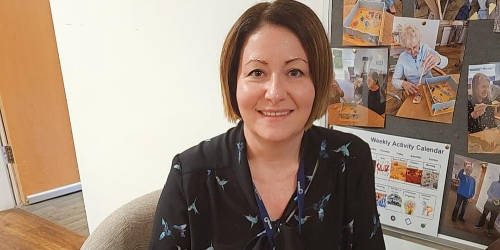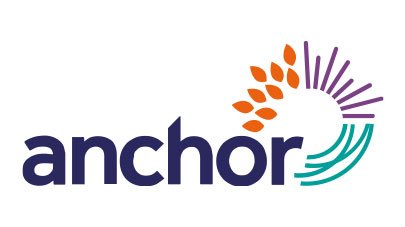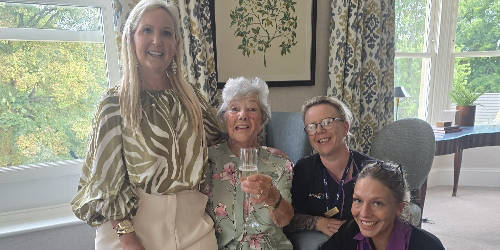- Home
- News & events
- Blog
- Creating equitable access in the workplace
16 May 2024
Creating equitable access in the workplace
Creating equitable access is something that is very important as an organisation. It allows every individual to be set up for success in their roles. This Global Accessibility Awareness Day, Tayyaba, Data Analyst, shares her experience of accessibility in the workplace and how we support our colleagues with reasonable adjustments. 
As someone who has Dyspraxia, ADHD, and long-term chronic pain caused by Endometriosis and hypermobile joints, accessibility is something that affects me every day at work.
Personally, I struggle to sit for long periods of time (and it’s not easy for me to stay comfortable when I do) and I have balance issues which get worse when I’m tired. I also have issues reading large amounts of text, especially when it's not written accessibly.
Having reasonable adjustments in place make a big difference when I’m feeling fatigued or unable to focus. I’ve had two Occupational Health reviews during my seven years at Anchor. They outlined my conditions, and because their suggestions for software and hardware lined up with what I already knew I needed, it helped my manager understand my requirements.
I have two pieces of software specifically installed - Pomofocus and Claro Screen Ruler. Pomofocus helps me work in short bursts which can help me start work when I am struggling to find focus. I used Claro Screen Ruler in university over a decade ago and found it so helpful I requested it at Anchor. I use the coloured overlay and screen ruler nearly every day to help keep my eyes in line with the text. I also use Microsoft's built in Accessibility features. They make more basic changes, like changing the size of my cursor or narrating large pieces of text. I've also started using ChatGPT to summarise big blocks of text to make sure I am understanding things properly.
Working from home, my desk is set up the way I need it with a split ergonomic keyboard, a trackball mouse, and a wrist support. Making sure my desk is set up correctly really reduced the amount of pain I was feeling at the end of a working day compared to working in the office at a shared desk. I do still get up and walk around a lot, but when I am sat down, I am comfortable, with my arms and back supported.
Tayyaba's tips on how you can make the workplace more accessible
There are lots of great options out there for making things more accessible for a wide range of conditions and disabilities, but everyone can make the workplace more accessible. Even small changes, like the way you write emails, can be really impactful, so here’s some parting advice for what writing an accessible email can include:
- a clear subject line
- using headers if it’s a long email with lots of information
- using a clear font
- not overusing colours
For more ways to work with diversity in mind, check out AbilityNet and Scope’s advice.
Tayyaba is a Data Analyst at Anchor
Diversity and inclusion at Anchor
At Anchor we ensure that dignity and respect are central to the way we work, and that the unique contributions of our colleagues and residents are valued and celebrated. Find out more about our approach to Diversity and Inclusion here.
Read more blogs from Anchor
This website uses cookies which track activity so that you get the best possible experience. By continuing to use this website we will assume you are happy and cookies will be set. You can change your cookie settings at any time.



















